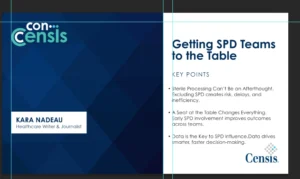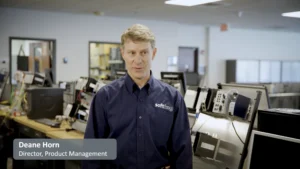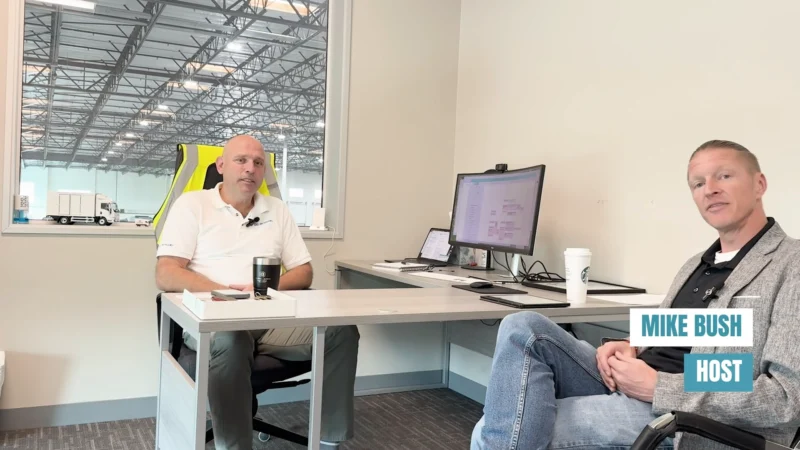How Technology is Advancing Freight Rail: Roads, Rails and Rides
In this latest episode of Roads, Rails & Rides, we step away from the movement of people for a moment to learn about advances in the movement of goods. Host, Jeb Morris, sits down with Mike Rush, Senior Vice President – Safety and Operations for the Association of American Railroads (AAR), to discuss the various ways that freight rail is evolving in this new era of digital innovation.
Founded in 1934, AAR is the world’s leading railroad policy, research, standard setting, and technology organization focused on the safety and productivity of the US freight rail industry. Member organizations include: Union Pacific, CSX, and BNSF to name a few. Mike provides us with an understanding of how AAR represents their members, and how advances in technology has allowed for the implementation of better safety measures.
One of the latest advances in freight rail safety is PTC (Positive Train Control). PTC uses a network of sensors and data points, on the trains and throughout the entire track system, to ensure that trains are where they are supposed to be, traveling the proper direction, at a safe speed, on the correct tracks, and stopped when necessary. This type of technology is making it possible to safely operate freight locomotives with only one conductor on-board, which is improving the standard for how much work can be accomplished by one individual.
Our conversation touches on the fastest growing segment of rail freight, Intermodal Transport, and how much of our everyday lives are impacted by those containers crisscrossing North America. Mike touches on whether we can expect to see truly autonomous freight trains in our future, and he gives great insight into how much more efficient the trains of today are compared to forty years ago. Despite the advances in efficiency, Mike cautions that we are still a long way off from a zero-carbon emissions freight rail system. But, using the Revenue Ton-Miles/Gallon standard, trains of today more than double the trains of forty years ago. In 1980 freight trains moved one ton 235 miles on a single gallon of fuel. In 2020 that standard is one ton moved 492 miles on just a gallon of fuel. It is fair to say that the freight rail industry is leading the charge in both environmental and public safety.
To keep up with news, insights, history, and more in the transportation industry, stay tuned to MarketScale’s Transportation publication here.









